Six Ways Sauvignon Blanc Might Surprise You
According to Fortune, the four months prior to July 2020 proved to be fortuitous for the trade of Sauvignon Blanc in the United States. Incidentally, the four months prior to July 2020 have highlighted the lateral routes between South Africa and its wine export markets, such as the United States.
Sales of Sauvignon Blanc rose by at least 38% in the United States, according to Nielsen. Off-premise wine sales drove sales of wine in the United States by 30% or more. The noteworthy preferences of consumers, largely social-distancing in their homes, revealed a growing taste for wine in 2020.
While growing curiosity among international consumers has given rise to the popularity of Sauvignon Blanc, the sun has shone upon Durbanville, a wine region in South Africa. International Sauvignon Blanc enthusiasts will likely appreciate a visit to Durbanville, an area that is roughly a half hour drive from Cape Town International Airport.
Daniel Keulder, the winemaker at Nitida, a wine farm in Durbanville won the Diners Club Winemaker of the Year in 2019. Daniel says that a good example of a good Sauvignon Blanc is a wine that will continue to drink well in five to ten years. Daniel, popularly known as Danie says, “that’s a wine that comes from a good terroir.”
Terroir refers to the environment in which a vine is grown and how those environmental factors affect the taste and flavour of the resultant wine.
Charles Hopkins is the founding cellarmaster at De Grendel Wine Estate, a picturesque wine destination in Durbanville. Charles has over three decades of experience in the South African wine industry, and was part of the founding team at De Grendel in 2005 when, winemaking at De Grendel began in earnest. Charles is familiar with the Durbanville terroir and his breadth of knowledge and experience continue to draw Sauvignon Blanc enthusiasts towards South Africa.
Whether you are in Durbanville, Dallas, Dakar or beyond, there are several reasons to explore Durbanville for sensational Sauvignon Blanc.
First: There Are Several Styles of Sauvignon Blanc
Charles Hopkins says, “for me, there are five styles of Sauvignon Blanc.”
- Esters: pear, apple, flower aromas due to the fermentation process
- Thiols: tropical flavours, like citrus, granadilla and black currant
- Methoxypyrazine: green aromas, asparagus, lemongrass and capsicum
- Wooded Sauvignon Blanc: sea kelp, minerality and vanilla
- Natural Sauvignon Blanc: orange in colour, funky and phenolic
While De Grendel produces a great deal of Sauvignon Blanc from the farm in Durbanville, there are other sources of Sauvignon Blanc that reveal the cellarmaster’s sagacity.
Charles says, “De Grendel Sauvignon Blanc from the farm is produced in combination of style 1, esters and 2, thiols with emphasis on thiols (15 000 cases of 12). Koetshuis Sauvignon Blanc is what we purchase from Lutzville, Darling made in a Methoxypyrazine style with 15% wood component (3000 cases of 12). Our CWG Sauvignon blanc made in style 3 and 4 with emphasis on the wood as it is 100% wooded (50 cases of 12).”
Second: The influence of terroir on Sauvignon Blanc
Charles says that Durbanville Sauvignon Blanc generally tends to lean towards Sauvignon Blanc style 2, thiols.
This means that the tropical, citrus and granadilla flavours that the wine exhibits are influenced by the environment. Charles says, “the moderate maritime conditions ensures a long moderate ripening time from veraison (the onset of grape ripening) in the new year, until picking in the second half of February. Maritime conditions, combined with good winemaking and well-drained blue shale soils result in the success of this varietal.”
Fellow Durbanville winemaker, Danie, says that terroir has an influence on the success of Sauvignon Blanc at Nitida. He says, “Nitida always shows such complexity and layers. Having a core group of people working in the vineyard, who understand what is needed to produce high quality grapes, year after year.”
The influence of nature is evident at Nitida. Nitida Golden Orb, monikered after the Golden Orb spider, is a single-vineyard Sauvignon Blanc wine. Danie says, “we’ve got a different approach to chemicals,” alluding to sustainable winemaking that enables spiders and other organisms to roam at ease at the pinnacle of nature. He says, “you can see the Atlantic ocean from this vineyard.”
Third: You reap what you sow
Danie says that Sauvignon Blanc consists of roughly 75% of the vines planted at Nitida, but he jokes that he spends 95% of his time on the varietal.
He says, “I love playing with the blocks of Lego, or the various parcels that we work with. It makes it easier to get to the right style.”
Likewise, De Grendel has vast plantings of Sauvignon Blanc. Charles says, “the first plantings were in 2001. Currently we have 29.5Ha planted. We made the first Sauvignon blanc in 2004 with 600 cases of 12 and currently we produce 18000 cases of 12.”
Fourth: Food and flavour pairing
As part of his #QuarantineCooking series, De Grendel Wine and Restaurant’s chef, Chef Ian Bergh paired De Grendel Koetshuis Sauvignon Blanc with a Salmon, Citrus and Mozzarella salad.
Similarly, the various styles of wine at Nitida lend themselves towards various food and wine pairing combinations. For instance, the 2019 Sauvignon Blanc 2019 is a refreshing wine with lime and asparagus notes, which Danie says lends itself towards pan seared scallops and lemon pepper sauce.
Danie describes the Nitida Wild Child 2019, a wild ferment wine, as “a high risk, high reward situation.” The wild yeast ferment has resulted complexity, with various layers. Paired with Chef Amori Burger from Van Der Linde Restaurant’s ‘peach and champagne chutney’, the wine dances decadently with spice.
The Nitida Coronata Integration is a combination of barrel fermented Semillon and barrel fermented Sauvignon Blanc that pairs well with a breadth of dishes, from apricots and pancakes to roast duck.
Fifth: Peer-Review
While Durbanville produces excellent Sauvignon Blanc. Charles says to taste widely throughout South Africa’s various wine regions, depending on the style of Sauvignon Blanc that you prefer.
“Darling, Lutzville is definitely a Methoxypyrazine style and Durbanville, Constantia, Elgin and Elim is very much thiol-driven. Sometimes you have surprisingly very good Sauvignon Blancs from a warmer region where conditions were perfect. For me, personally, the successful Sauvignon Blancs are dominated by ocean influence and definitely not high-lying continental conditions,” Charles says.
Six: In Good Company
Ideology 2019 from Spier is a Sauvignon Blanc that Charles has enjoyed recently. He explains, “it was an amazing thiol-driven wine. Also, the free-run Sauvignon blanc reserve from Flagstone 2019 is a wonderful Methoxypyrazine-driven wine. Winter Ferment from Diemersdal is also a great one. They are high quality wines with true expression of the style.”
Daniel continues to toast to Boela Gerber’s winemaking style at Groot Constantia. He says, “As a winemaker, I think it is very important to learn and ask advice from as many other winemakers as possible. Groot Constantia is where I learned the basic philosophies and techniques of winemaking.”
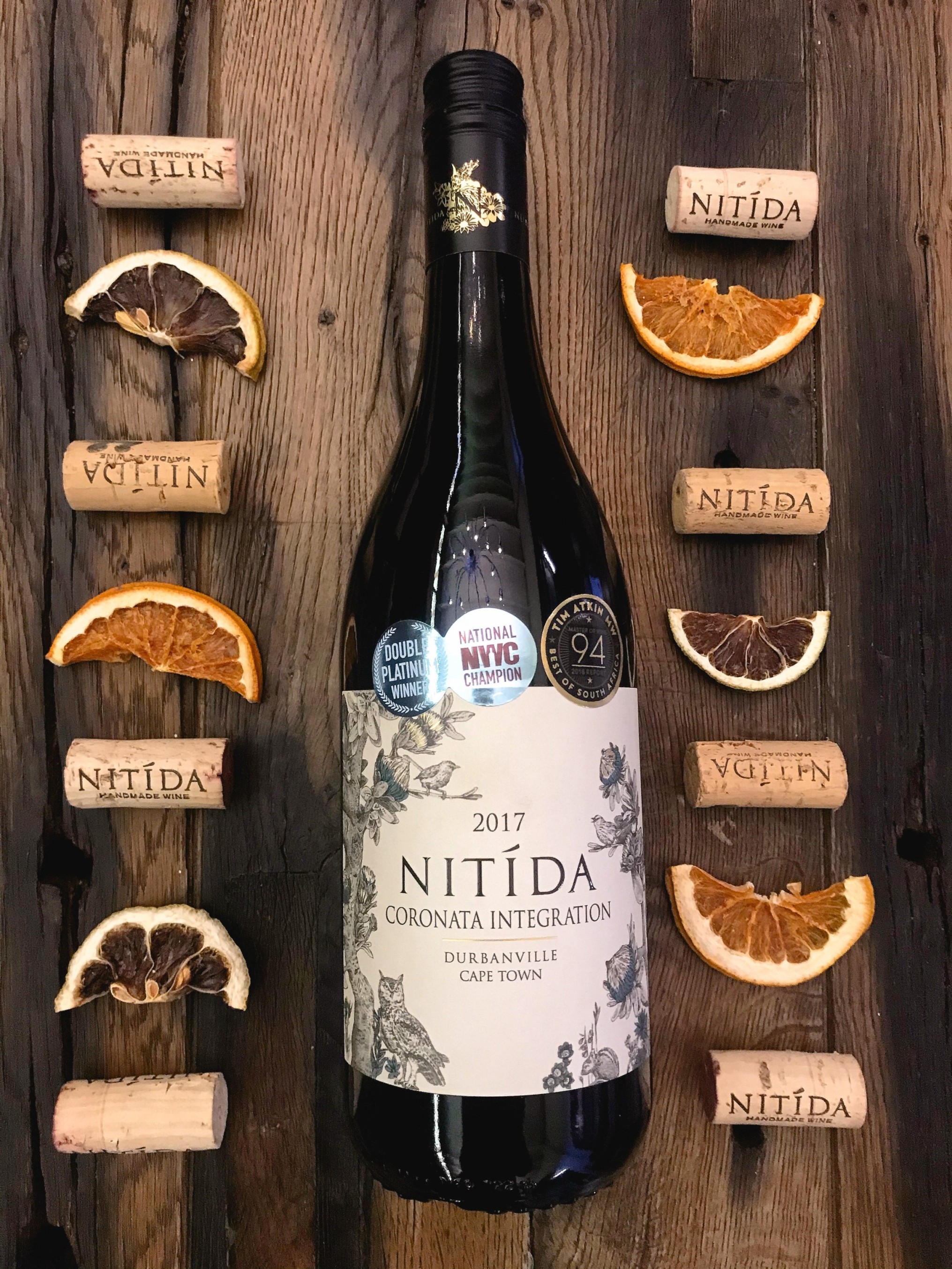
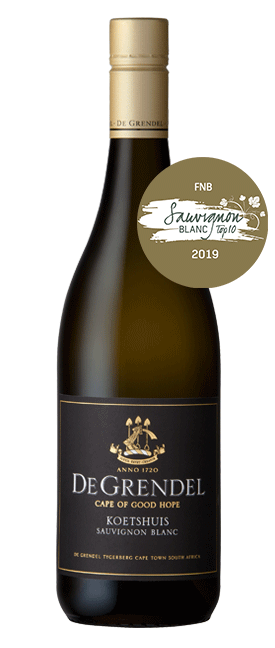
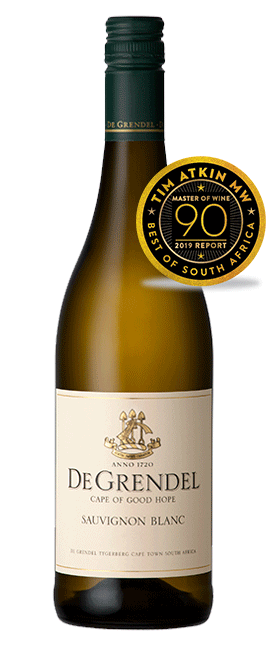
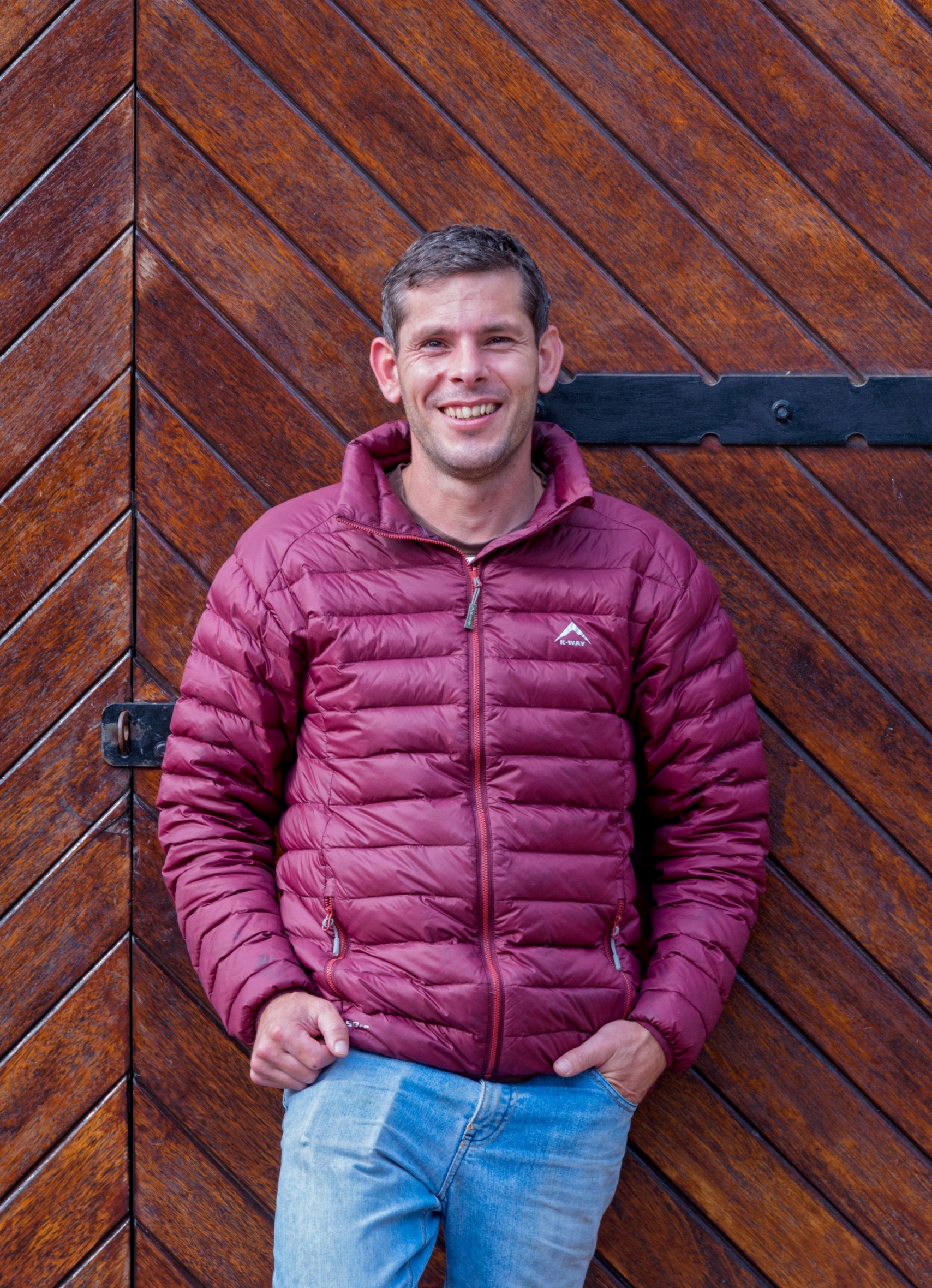
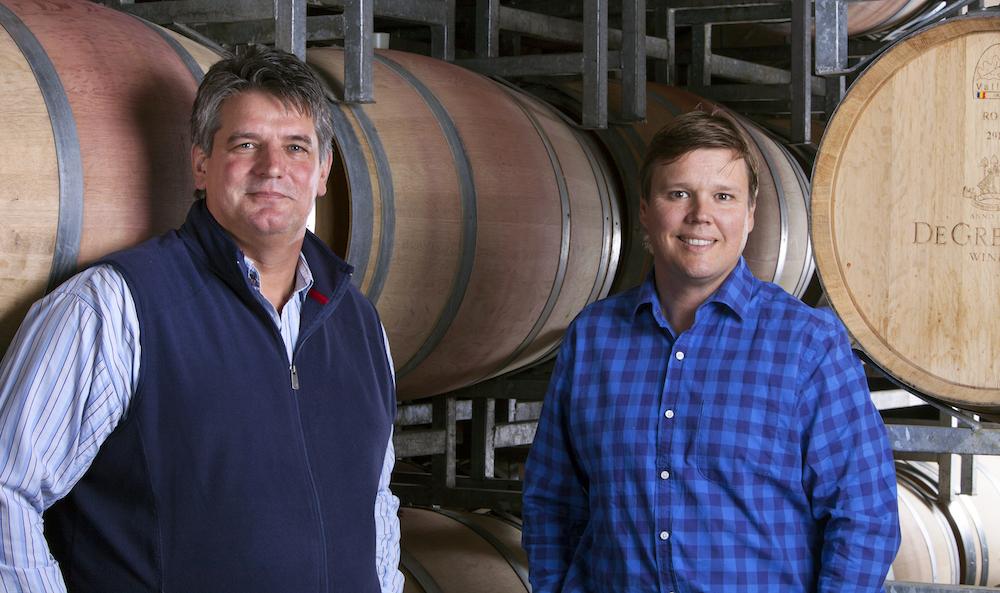
- by Tshepang Molisana